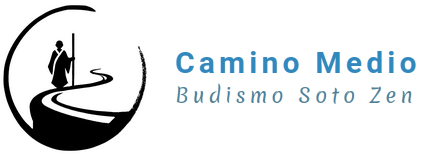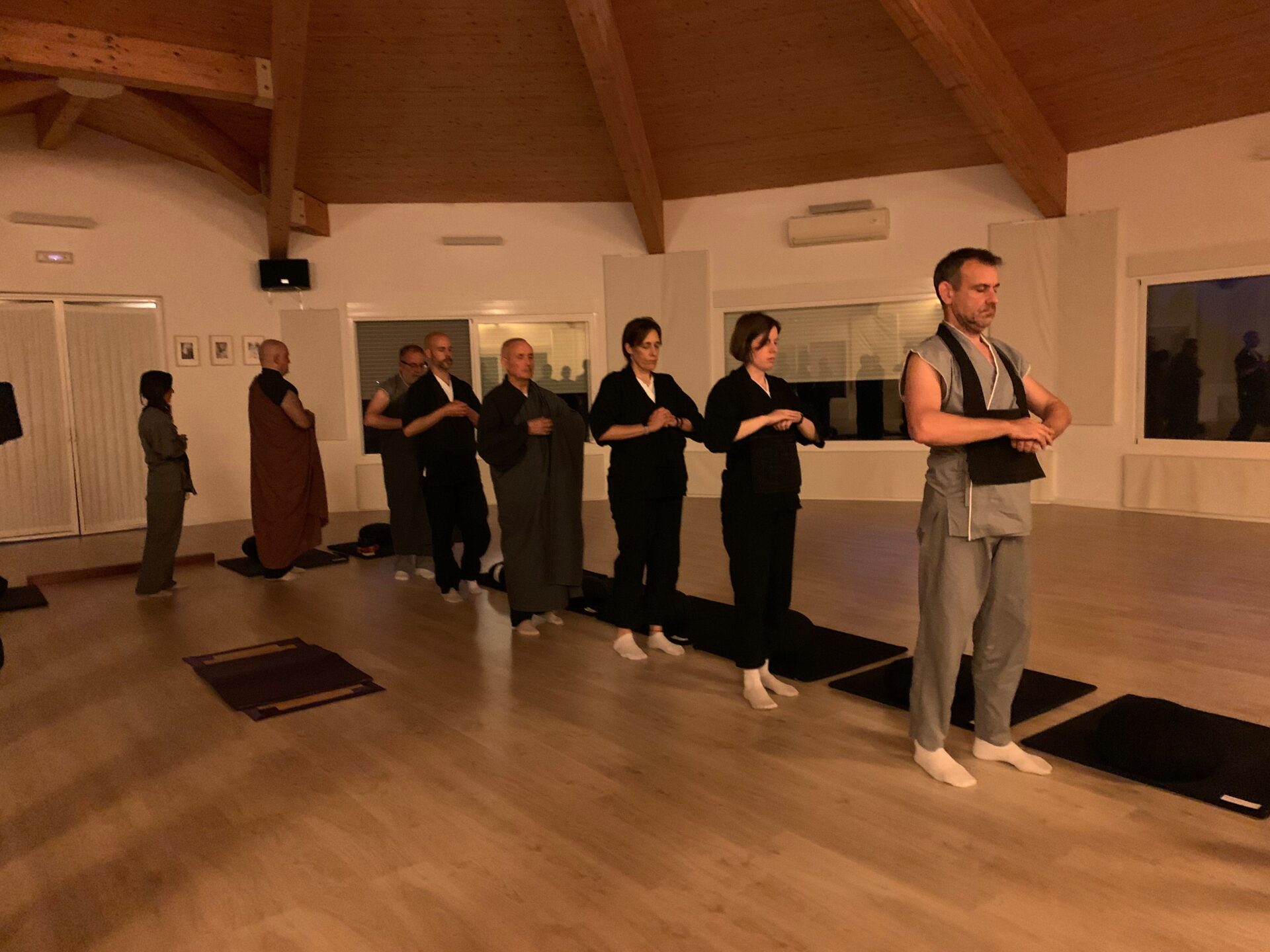⏱️ Estimated reading time: 4 min
The relationship between teacher and disciple in Buddhism Soto Zen is not a contractual or subsidiary or friendship relationship. It is a deep bond that is grown over time, patiently, with listening and honesty, Putting the Zafus together, In the same dojo. Nor is it a hierarchical relationship where one sends and another obeys, but of a current of confidence in which two people share their commitment to the road. That is why this relationship, When it occurs, It requires delicacy, clarity and also discernment. Like any true link, There are healthy and other less healthy ways to live it. In this text we want to stop to reflect on what is not necessary to do as a disciple, It is not a list of prohibitions, but a way of caring for something beautiful.
Sometimes, The enthusiasm or the need to belong to something bigger can promote us to commit us without having fully understood what it means to be a disciple. The teacher is not there to fill emotional gaps, Not to validate us, nor to give us prefabricated answers. Nor is there to replace our responsibility or be the mirror where we project our idealizations. Entering this relationship without maturing can lead to frustrations or dependencies that have nothing to do with authentic practice. Before taking the step, It is better to observe, Share the practice for a time, and let trust grow from experience and not from expectation.
One of the first attitudes that should be avoided is idealization. The teacher is a human being, With their lights and shadows. As much as he aroused some clarity on his way, Keep walking, Keep practicing, and keep confronting its own limits. Idealize it or put it in a pedestal not only distorts the relationship, but prevents seeing what practice is showing us through it: that awakening is not a perfect and unalterable state, but a way of being present, real and honest in the middle of life as it is.
Nor is it healthy to hide or pretend. Show an image of "Good Disciple", act as if everything was fine or avoid talking about our difficulties, is to put a mask that prevents the relationship from flourishing. The teacher does not need perfect disciples, but sincere. Pretend a practice that does not have, or hide the moments of doubt, laziness or pain, It is closing the door just at the time you need to open it most. Show our contradictions, even our resistances, It is a form of trust. That is to say: I'm here, willing to look.
Another common distortion is to confuse the guide with the agency. The teacher is to accompany, To point out, To remember the essential. But it is not to decide for us, nor to tell us what to do at every moment. Giving one's own awareness to the teacher is to betray the practice. In the same way, systematically face their suggestions from a defense position is also a way of closing. Neither submission nor opposition: What is needed is discernment. Listen carefully, put the words to the test, and honestly observe what it resonates and what does not. Sometimes teaching challenges, other times comforts. The important thing is not to lose sight of the fact that the commitment to the truth goes ahead of any attachment, even to the teacher.
You also have to be careful not to use the relationship as a means to obtain other things. Sometimes, Without realizing it, We approach the teacher looking for recognition, belonging or a way of raising our spiritual self -esteem. But when we turn the relationship into an instrument to calm our insecurities or to acquire a status, We are stopping. The discipling relationship is an end in itself: It is practice in action, Not a tool for other purposes.
Another delicate aspect is abandonment. Not only in the sense of leaving, but in doing so without closing the circle. Sometimes, When something twists or we simply feel that the road bifurca, We move away without looking back, Without a word, Without thanking. But the honest is to honor all the relationships that have transformed us. Even if we feel that the bond with the teacher is no longer fertile, leave, Without saying goodbye, Without clarity, It is a form of flight that leaves waste. Go with respect, With sincerity, With gratitude - although there has been conflict - it is also part of the practice. It is not about staying for blind loyalty, but of maturity what each stage requires.
The discipling relationship is cultivated from authenticity. There is no single model, There is no correct way to be a disciple. But there are signs that indicate when we are moving away from the center: When we seek to please instead of understanding, When we shut up the important for fear, When we project our own unleashed wounds in the teacher. Zen's path does not need perfect disciples, but willing hearts. Willing to listen, to make mistakes, transform, and to return again to the place where there are no masks: Here and now.

